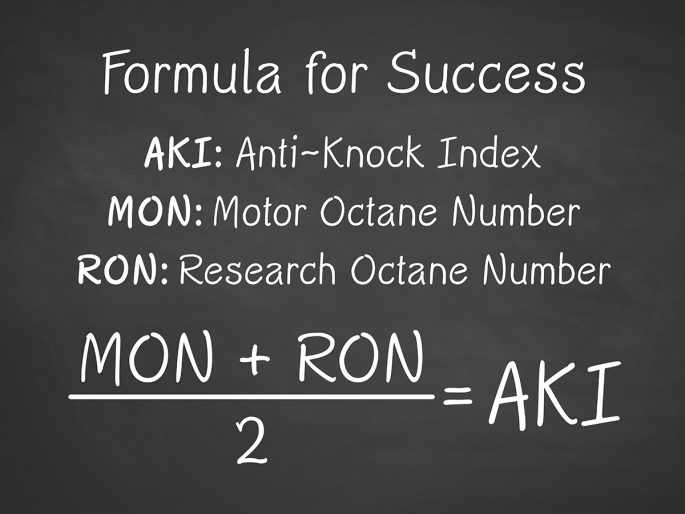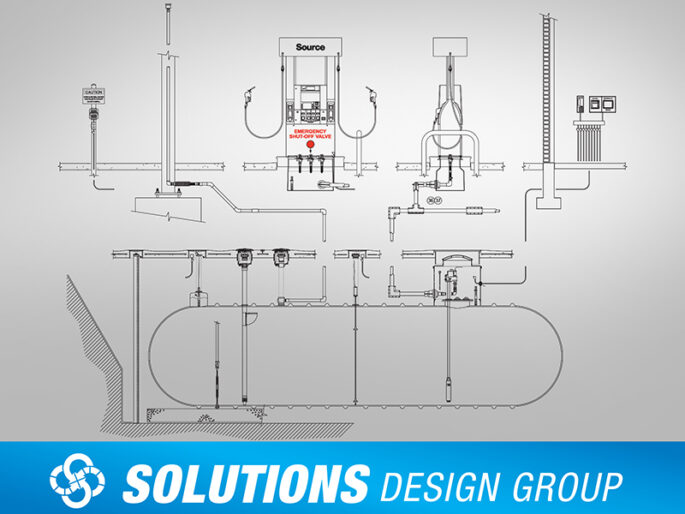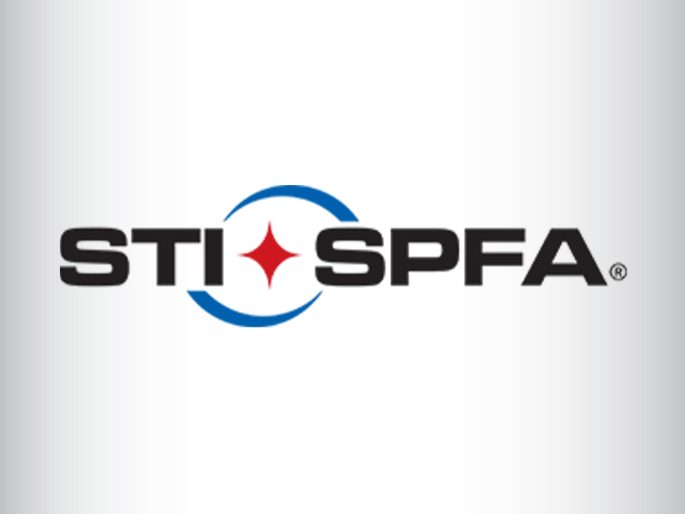Several automakers are making a case to have gasoline with a 95 Research Octane Number (RON) either replace regular unleaded gasoline, or to have the 95 RON gasoline become the nation’s only grade of fuel. But truly understanding the significance of this gesture requires an understanding of octane ratings, which are widely misunderstood. For clarification, we explore how octane ratings are determined.
What’s In an Octane Number? A Lot of Letters
When it comes to defining what an octane rating – and the potential for the widespread adoption of a 95 RON fuel – really means in the United States, it is essential to understand how we label our grades of gasoline.
In the U.S., the number that you see prominently displayed on the fuel dispenser represents the number that the average American associates with a fuel’s minimum octane rating. This number is also known as the Anti-Knock Index (AKI).
The AKI is an average of two other octane numbers, the RON and the Motor Octane Number (MON), which are determined by two different laboratory tests. For example, a 95 RON plus an 87 MON averages to a 91 AKI, which is the octane rating you would see displayed on a U.S. retail fuel site dispenser. The 95 RON and the 87 MON ratings can be derived from the exact same fuel. The test to determine the MON is more challenging than the RON test, and that’s why the RON test yields a higher number. Adding to the confusion: Europe uses the RON to label the fuel’s octane rating at the dispenser.
As represented by their AKI and minimal octane ratings, there are currently three grades of traditional gasoline available in the U.S.: 87 (regular), 88 to 90 (mid-grade) and 91 to 94 (premium). Automakers’ proposal to adopt 95 RON gasoline would be the equivalent of adopting the lowest-grade premium.
For further explanation of octane ratings, watch this short video.




